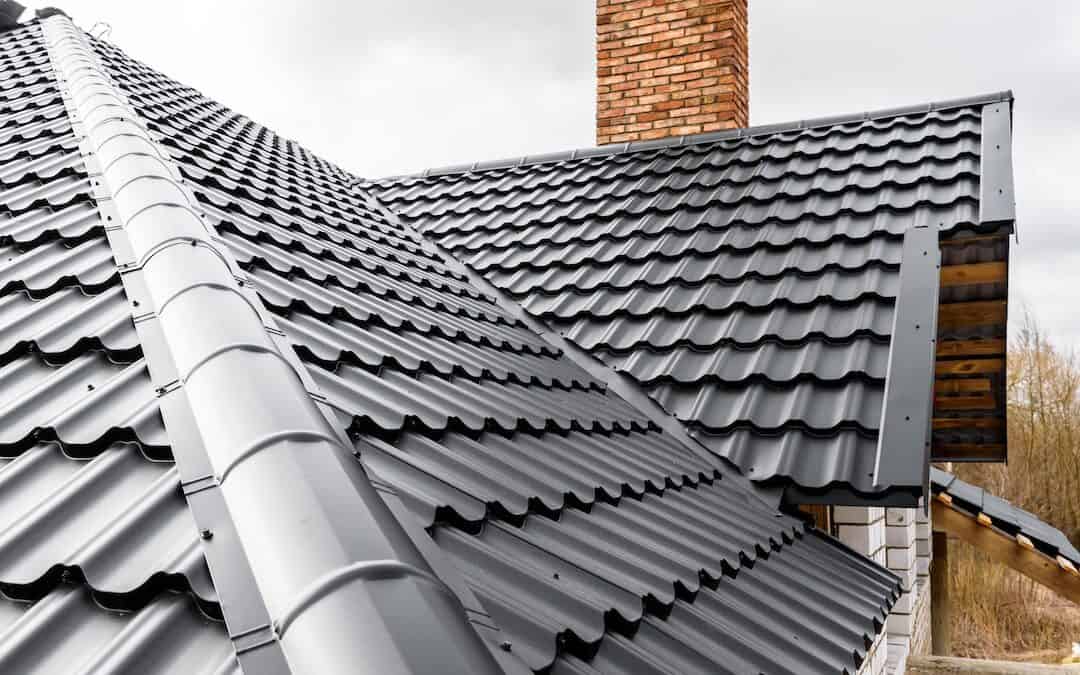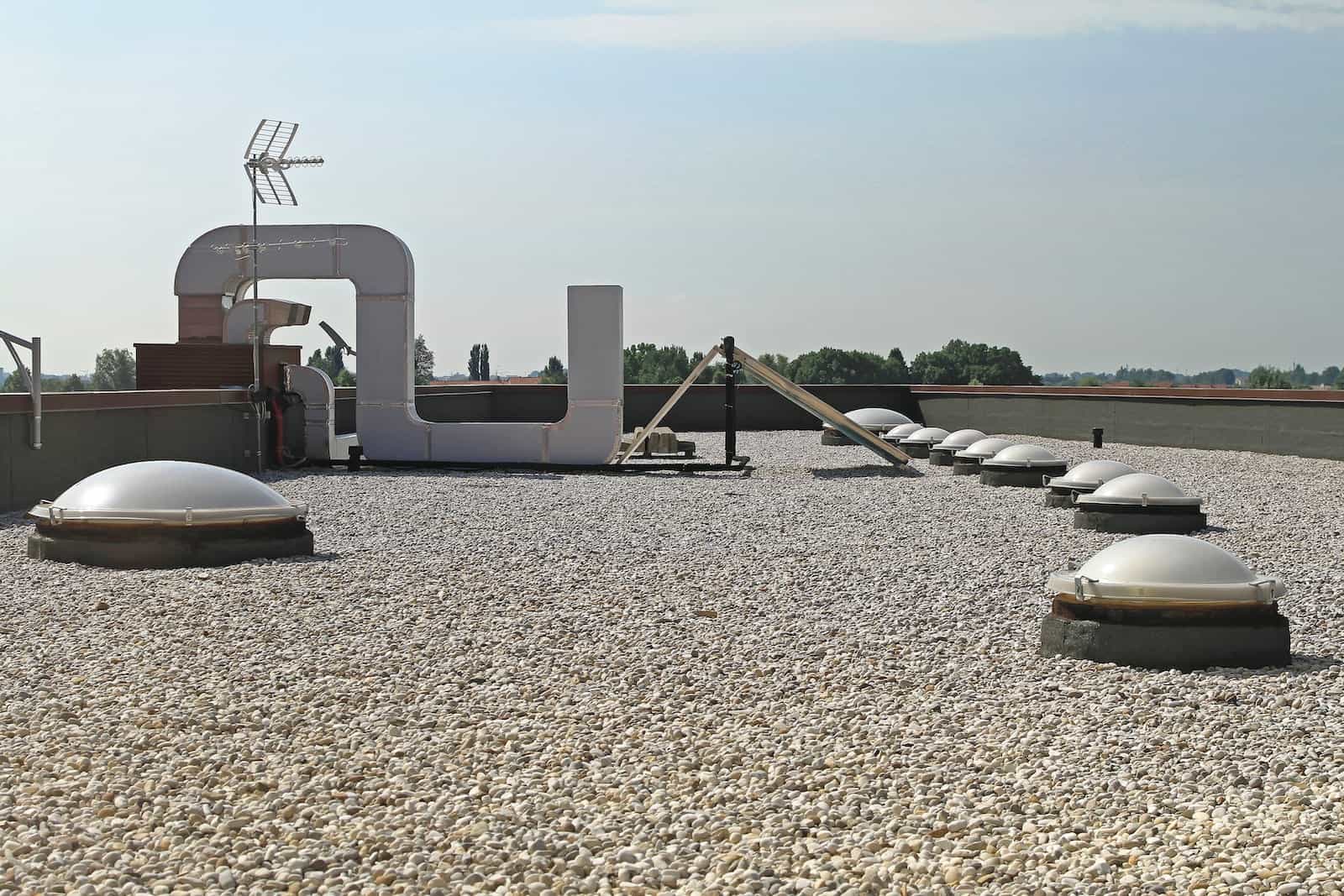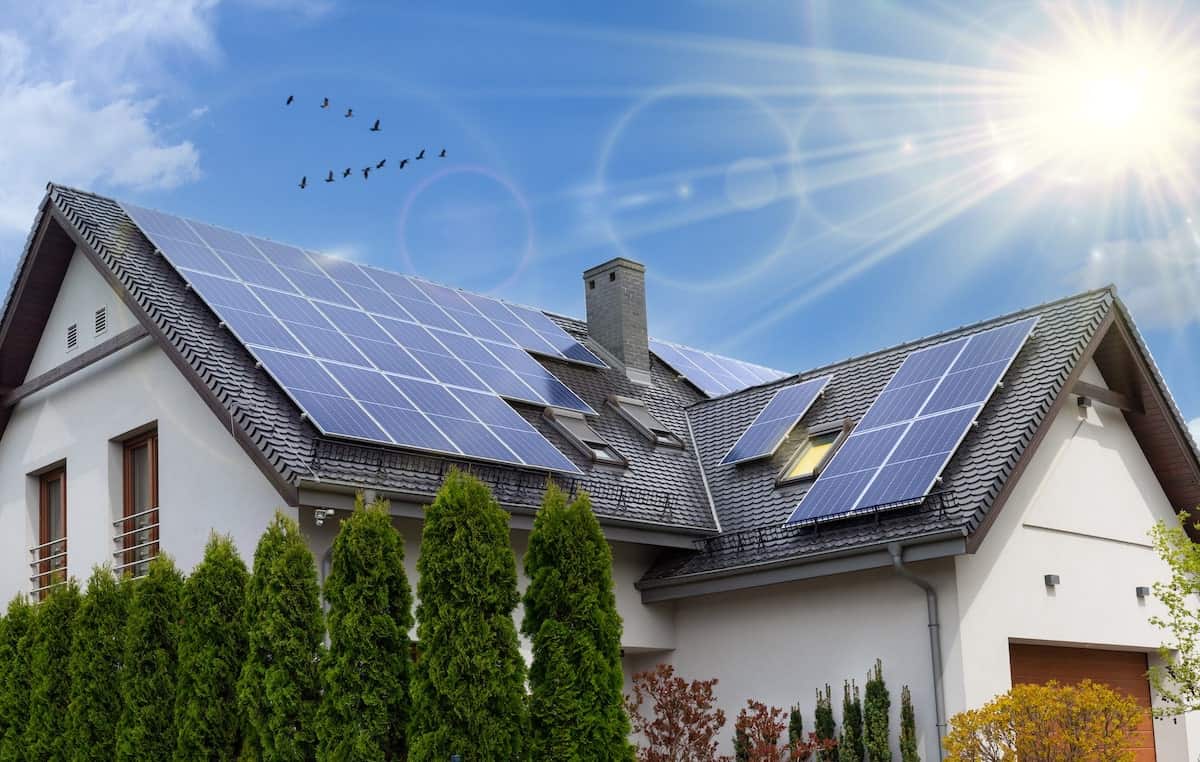As a homeowner, it’s important to know how long your roof will last and what factors can affect its lifespan. Here, we will discuss the most common causes of wear and tear on roofs, installation issues that can lead to premature aging, and typical installation and product warranties for roofing.
Jump Ahead:
- Lifespan of a Roof
- Common Causes of Wear and Tear
- Roof Installation Issues
- Typical Installation and Product Warranties
The Lifespan of a Roof
The lifespan of a roof depends on several factors, including the type of material used, the quality of installation, and the level of maintenance provided. Here are some estimates for the lifespan of the most common roofing materials:
- Asphalt shingles: 15-30 years
- Metal roofing: 50-75 years
- Clay or concrete tiles: 50-100 years
- Slate: 75-200 years
It’s important to note that these are just estimates and that the actual lifespan of a roof can vary based on environmental factors, installation quality, and maintenance practices.
Common Causes of Wear and Tear
Roofs are exposed to the elements year-round, which can lead to wear and tear over time. Some common causes of damage to roofs in the Richmond area are:
- Weather-related damage: Weather-related damage is one of the most common causes of wear and tear on a roof. Extreme weather conditions such as heavy rain, snow, hail, strong winds, and even extreme heat can cause damage to a roof. This damage can include missing shingles, cracks, leaks, and other issues that can shorten the lifespan of a roof. One of the biggest impacts that weather-related damage has on the life of a roof is that it can weaken the structural integrity of the roof. For example, heavy snow or ice accumulation can put a significant amount of weight on a roof and cause it to collapse. High winds can cause shingles or tiles to become loose or even blow off completely, exposing the underlying roof to the elements.
- Weather-related damage can also lead to other issues such as moisture and mold. Water can seep into the roof through small cracks or missing shingles, leading to rot and deterioration of the underlying structure. This can not only shorten the lifespan of the roof but also pose health risks to occupants of the building due to the growth of mold and mildew.
- UV radiation: UV radiation from the sun can have a significant impact on the life of a roof. Over time, exposure to UV rays can cause the shingles or other roofing materials to break down and degrade. This can lead to cracking, splitting, and other forms of damage that can compromise the integrity of the roof and increase the risk of leaks.
- UV radiation can also cause the color of the roof to fade, which can impact the overall aesthetic appeal of the home or building.
- Poor maintenance: If a roof is not properly maintained, it can lead to issues such as clogged gutters, debris buildup, and damaged or missing shingles. These issues can cause water to accumulate on the roof, which can lead to leaks, rot, and other forms of water damage. Poor maintenance can also result in the growth of moss, algae, and other vegetation on the roof, which can also cause damage to the shingles and lead to deterioration of the roofing material.
- Regular maintenance such as inspections, cleaning, and roof repairs can prevent these issues and extend the life of a roof. Homeowners should regularly inspect their roofs for signs of damage, such as missing or damaged shingles, and promptly address any issues to prevent further damage. They should also clean their gutters and remove any debris or vegetation buildup on the roof to prevent water from accumulating.
Roof Installation Issues
Even the best roofing materials can fail prematurely if they are not installed correctly. Some common installation issues that can lead to premature aging of a roof are:
- Improper ventilation: Inadequate attic ventilation can cause heat and moisture to build up, leading to damage to the roofing materials from the inside out. Improper ventilation in a roof can lead to a variety of problems.
- Increased energy costs: Improper ventilation can cause the temperature inside the attic to rise significantly, especially during the hot summer months. This excess heat can make it more difficult to keep the interior of the building cool, which can lead to higher energy bills, and can make the interior of your home/building feel uncomfortable.
- Roof damage: If the temperature inside the attic is too high, it can cause the shingles on the roof to become brittle and crack. Over time, this can lead to leaks and other types of damage.
- Moisture problems: Without proper ventilation, moisture can become trapped inside the attic. This can lead to mold growth, rotting wood, and other types of water damage.
- Reduced lifespan: All of these problems can lead to a reduced lifespan for the roof. A poorly ventilated roof is more likely to experience damage and wear out more quickly than a roof with proper ventilation.
- Improper flashing: Flashing is a protective barrier made of metal or other materials installed around roof openings such as chimneys, skylights, vents, and dormers. It is used to seal gaps and prevent water from seeping into the roofing system and causing damage. Improper flashing installation can lead to various problems such as leaks, water damage, and even structural damage. If flashing is not installed correctly, water can penetrate the roof, leading to issues such as:
- Leaks: Improper flashing can cause water to seep into the roof, leading to leaks. Water can also get trapped in the roofing system, causing further damage to the structure of the building.
- Water damage: Water can penetrate the roofing system and cause damage to the insulation, walls, and ceilings. Over time, this can lead to mold growth and other issues.
- Structural damage: Water can weaken the structure of the building and compromise its integrity. This can lead to expensive repairs and even pose a safety hazard.
- Energy loss: Improper flashing can cause heat loss during the winter months and reduce the efficiency of the HVAC system. This can lead to higher energy bills and an uncomfortable living environment.
- Poor installation of shingles or tiles: Shingles and tiles that are not installed properly can become loose or damaged, leading to water damage and other issues:
- Leaks: Poorly installed shingles or tiles can create gaps, cracks, or spaces where water can seep in, leading to leaks and water damage.
- Wind Damage: Poorly installed shingles or tiles can also be more susceptible to wind damage, such as shingles being lifted or tiles being displaced.
- Shorter Lifespan: Improper installation can cause premature damage to shingles or tiles, leading to a shorter lifespan for the roof.
Voided Warranty: Many roofing manufacturers provide warranties for their products, but these warranties are typically only valid if the products are installed correctly. If the shingles or tiles are installed improperly, the warranty may be voided, leaving the homeowner with the cost of any repairs or roof replacements. - It is important to hire a qualified and experienced roofing contractor to ensure that your roof is installed correctly and to avoid these potential problems.
Typical Installation and Product Warranties
Most reputable roofing companies will offer installation warranties to cover any issues that arise from improper installation. These warranties typically last for a set number of years and cover any issues related to the installation process.
In addition, many roofing products come with warranties from the manufacturer. These warranties can vary in length and coverage, so it’s important to read the fine print before purchasing any roofing materials.
In general, it’s a good idea to choose a roofing company that offers a solid installation warranty and to select roofing materials that come with a reputable manufacturer’s warranty.
The lifespan of a roof depends on several factors, including the type of material used, the quality of installation, and the level of maintenance provided. Common causes of wear and tear include weather-related damage, UV radiation, poor ventilation, and poor maintenance. It’s important to choose a reputable roofing company that offers solid installation warranties and to select roofing materials with reputable manufacturer’s warranties to ensure that your roof lasts as long as possible.




